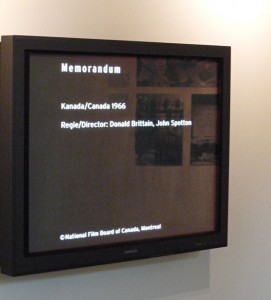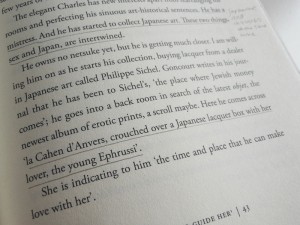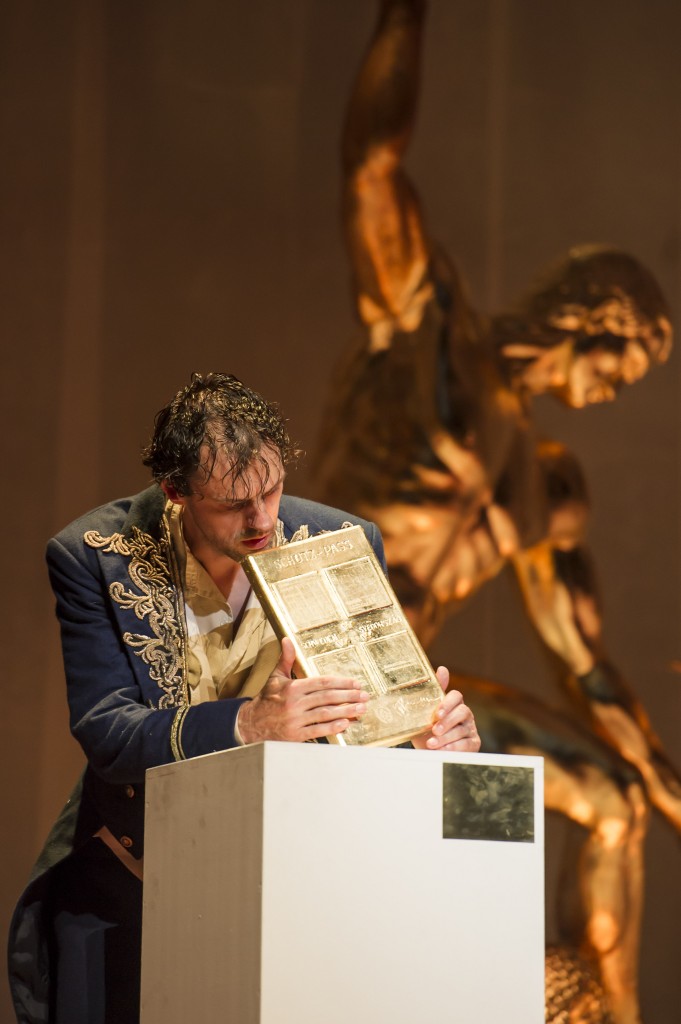Raoul Wallenberg, who has been celebrated for decades as a great hero, would have turned 100 this year. The son of a Swedish family of bankers travelled to Budapest at the beginning of July 1944 on behalf of the War Refugee Board, in order to warn Jews living there of their coming destruction. He used his diplomatic immunity to issue Swedish passports for their protection as well as to create safe housing and is believed to have saved tens of thousands from death. Wallenberg disappeared at the end of the war, allegedly dying in a Russian prison. The first memorial to him had already been erected in Budapest by 1949. → continue reading
Stories of Heroes and Wrangling with History
Memorandum: A Documentary of the Frankfurt Auschwitz trial
 A police siren blares through the last rooms of the permanent exhibition. The source of the alarming noise is a film excerpt being displayed on a large screen.
A police siren blares through the last rooms of the permanent exhibition. The source of the alarming noise is a film excerpt being displayed on a large screen.
This section of the exhibition is about the Frankfurt Auschwitz trial that took place from December 1963 until August 1965. Former SS members of the Auschwitz concentration camp authority were tried for murder or for aiding and abetting murder. The litigation is regarded as a turning point in the way the National Socialist past was dealt with in the new Federal Republic. → continue reading
An Exhibition in Book Form
An unexpected success in England and still climbing bestseller rungs all over the world, The Hare with the Amber Eyes by Edmund de Waal is an exhibition in book form. The author, a potter, tells the history of his Jewish banking family, the Ephrussis, via the artifacts it collected, cared for, and bequeathed. 
The objects gain meaning via detailed descriptions. Who acquired them, at which time, for what purpose? What do they say about their buyer’s character, heritage, and destiny? Among the artifacts is the title-giving “Hare with Amber Eyes,” one of 264 Japanese netsuke wood and ivory carvings, which changes hands many times. → continue reading
